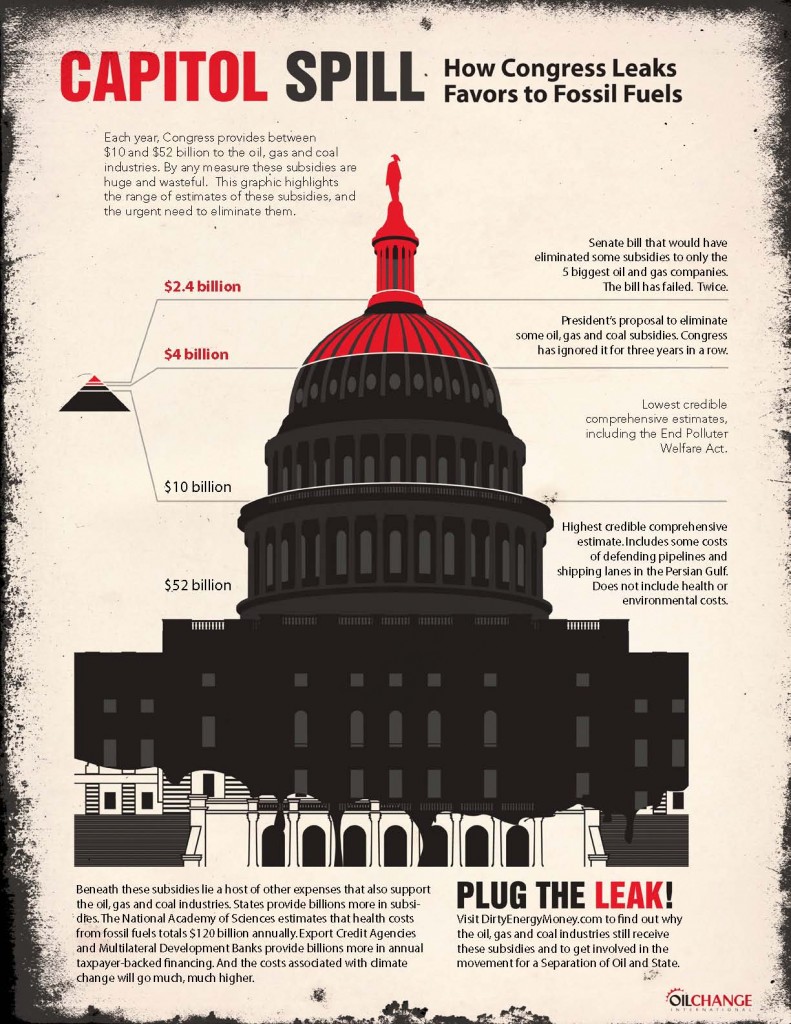... calculate what it would have cost to NOT rescue the auto industry...
Below are comments on the following article.
GM Share Price Needs to Triple for Taxpayers to Beak Even by Paul Eisenstein
The good news for shareholders is that General Motors shares are on a rise, gaining more than 25% in value so far this year – and reaching a $37.45 high during Wednesday trading before settling back a bit.
Good news, perhaps, but not good enough for U.S. taxpayers who received 61% of GM’s equity in exchange for a $50 billion bailout linked to the maker’s 2009 bankruptcy. While the increase is likely to benefit the U.S. Treasury as it continues selling down its stake in the Detroit maker, the latest report by a special federal watchdog cautions that GM shares would have to nearly triple – to $95.51 a share – for the government to break even. “There’s no question that Treasury, the taxpayers, are going to lose money on the GM investment,” Special Inspector General Christy Romero told the Associated Press.
GM received $49.5 billion to complete its restructuring, a bailout initiated by former President George W. Bush in 2008 and completed by his successor, Barack Obama, in 2009 as the maker exited a managed bankruptcy. The White House also approved a bailout for GM’s crosstown rival, Chrysler, but only after Italian automaker Fiat stepped in and effectively assumed control.
The White House has said repeatedly that it has no interest in being in the car business. And it began selling down its stake in November 2010 when GM staged its initial public offering. Priced at $33 a share, it reduced the Treasury’s stake to 33%.
Late last year, the government announced plans to sell off the remaining stock by April of 2014. That followed heavy pressure on the Obama Administration during the 2012 presidential campaign during which Republican candidate Mitt Romney said he would sell off the remaining stock immediately. Ironically, that would have been at a low point when GM was trading at barely $18 a share and such a move might have pushed losses on the sale to nearly $20 billion. In recent months, as GM stock has rebounded, pushing part the November 2010 IPO price, the Treasury has accelerated its sell-off.
While some observers had worried that could actually hurt the stock price GM has been benefiting from other positive factors, such as the rebounding U.S. automotive market – which is now approaching sales levels not seen since 2007. GM also got a psychological boost with its recent return to the closely followed S&P 500 stock index. Because many funds are required to buy shares covered by the index, analysts believe that has boosted demand for the automaker’s stock, driving up its price.
As of June 6, the latest date covered by the Special Inspector General’s report, Washington still held 189 million shares of GM, or 14% of the outstanding stock. To cover the outstanding balance as of that date – a total of $18.1 billion, the government would need a $95.51 share price, the report noted. Were the stock to be sold at the stock price at that point of $36.61 a share, it would still lose about $11.2 billion on the bailout. The escalating price of GM stock could further reduce the loss but there are no indications that GM stock could come close to the point of a break-even, industry analysts warn.
The other maker to receive a bailout, Chrysler, has repeatedly said that it paid off the government in full for its rescue. That is partially true. The “new” Chrysler that emerged from Chapter 11 has paid off the loan it received after bankruptcy. But about $2.9 billion that was loaned to Chrysler before its bankruptcy filing was assigned to the “old” Chrysler and written off as a loss.
Ruggles writes: In terms of the actual funds advanced, there is no way taxpayers break even on the GM investment.... at least on the surface. Now if we could calculate what it would have cost to NOT rescue the auto industry we could compare that number with what will be lost when taxpayers sell their last share of GM stock. A paragraph from WIKI follows:
"In microeconomic theory, the opportunity cost of a choice is the value of the best alternative forgone, in a situation in which a choice needs to be made between several mutually exclusive alternatives given limited resources. Assuming the best choice is made, it is the "cost" incurred by not enjoying the benefit that would be had by taking the second best choice available. "The New Oxford American Dictionary defines it as "the loss of potential gain from other alternatives when one alternative is chosen". Opportunity cost is a key concept in economics, and has been described as expressing "the basic relationship between scarcity and choice."
Another way to look at it? The choice between "moral hazard" and Depression. Which do you choose? GM CEO Dan Ackerson has been pushing the government to sell its stock more quickly. Why? While the government still owns stock GM has a cap on executive compensation. Danny wants a raise.
















